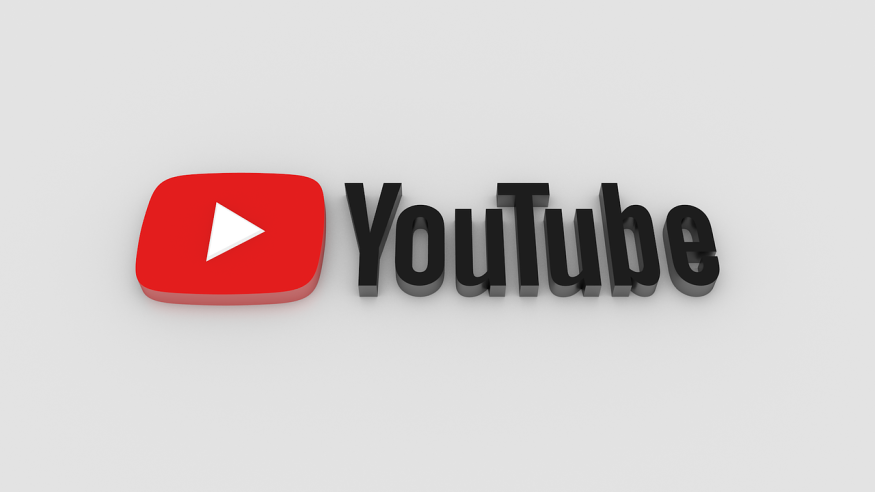The deaf community criticized YouTube for its decision to remove the Community Contributions feature of their videos that let other people submit subtitles and captions. The crowdsource captions features was deactivated on September 28, a day after the last day of the International Week of Deaf.
According to YouTube, they decided to deactivate the said feature because it is rarely used and plagued by spam and abuse.
But Liam O'Dell, a journalist, said that the feature had been a safety net for deaf people like him when watching videos on YouTube. Unfortunately, many of the YouTubers are still not committed to captioning their videos, so the captions and subtitles submitted by some people serve as a back-up for people like, especially when automatic captions are far from perfect.

Deactivating Community Contributions Feature
YouTube first announced the removal of Community Contributions in July and gave today as the deadline to submit drafts of captions.
The crowdsource captions allowed users to manually submit close-caption or translate videos to approve the channel owner who would review submissions.
There was also a feature back then when viewers were allowed to publish captions and subtitles automatically once it receives enough community reviews. But in August 2019, that feature was deactivated.
According to YouTube, they have been getting reports fro creators and viewers about some problems with the Community Contributions features, such as language abuse, spam, and low-quality submissions. Besides, only less than 0.001% of channels published community captions in the last month.
YouTube said that creators are instead using the alternative captioning tools in their videos. The Google-owned platform currently offers machine-transcribed subtitles, but often it is full of errors.
That is where the Community Contributors feature is supposed to enter because it allows users to edit and add text that the system did not do well, such as the sound effects.
Nonetheless, content creators can manually add captions to their videos and utilize automatic captions or paid third-party tools. YouTube said that those who use the Community Contributions for at least thrice or in three videos from the last two months would be getting a free 12-month subscription from Amara, a captioning service company.
According to YouTube, they are improving existing accessibility and captioning features and will be introducing new and better tools for creators soon to reach the broadest possible audience.
Read Also: The Social Dilemma: Netflix Explores Social Media Ethics and Effects on Mental Health
Calls to Reinstate Community-Generated Captioning
Many creators on YouTube believe that the feature was underpromoted, especially when the automatic publishing feature was removed in 2019. They think that YouTube could have done more to address the low usage of the feature before deactivating it.
O'Dell said that the community captions were never promoted, and creators had been told that they were never notified when new community captions were submitted bu a viewer. He also added that YouTube could have also done more with regards to the issue of spamming.
As of September 28, more than half a million people have already signed a Change.org petition to call on Google to reinstate the community-generated captioning feature of YouTube.
The Community Contributions feature allows diverse communities to come together and enjoy the content. It has made videos accessible that are otherwise would not be for many people of different backgrounds, not only to the deaf community but also for those who watch content in a foreign language.
Read More: Reward Systems: Why Social Media Is So Addicting
Check out more news and information on Social Media on Science Times.
© 2025 ScienceTimes.com All rights reserved. Do not reproduce without permission. The window to the world of Science Times.












